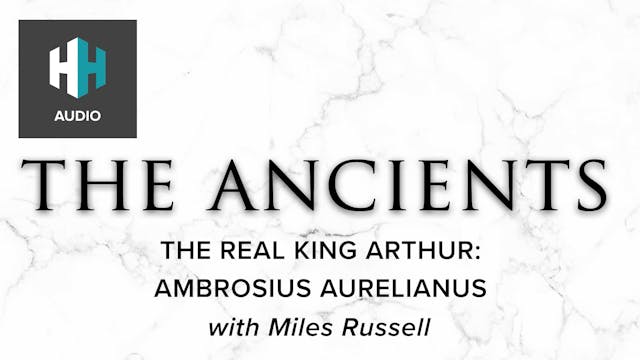In 43 AD, the Romans set up temporary forts along the banks of a river to wait for their Emperor, Claudius, to march onto the enemy capital of Camulodunum (Colchester), and eventually conquer Britain. The river was the River Thames. At the time, it was an area of marshy low-lying land, mostly composed of little islands. A far cry from the wall enclaved mercantile seat of authority it would become.
In today’s episode, Tristan is joined by Professor Dominc Perring, Director of the UCL Centre for Applied Archaeology, to discuss what the archaeology and history can tell us about the rise and fall of Roman Britain’s capital, Londinium.
Up Next in 🎧 The Ancients
-
🎧 Top Five Dinosaurs
They’re big. They’re fierce. And they’re extinct. This is how today’s guest - palaeontologist, evolutionary biologist and Senior Editor of the science journal Nature, Henry Gee, sums up why we have a continued fascination with dinosaurs.
Join Tristan and Henry as they take a deep dive into their ... -
🎧 Karnak: Egypt's Greatest Temple
Located on the banks of the River Nile in Luxor, Egypt, the Karnak Temple complex is one of the largest buildings ever built for religious purposes. Dedicated to the god Amun-Ra and covering over 200 acres - the Karnak Temple complex is bigger than some ancient cities.
Earlier this year, Tristan...
-
🎧 The Real King Arthur: Ambrosius Aur...
A friend of Merlin, the husband of Guinevere, and the inspiration for numerous Hollywood blockbusters - the story of King Arthur is known by many across the globe, but who is the man behind the myth?
Ambrosius Aurelianus emerged from the chaos of 5th Century AD Britain in the aftermath of the Ro...




1 Comment